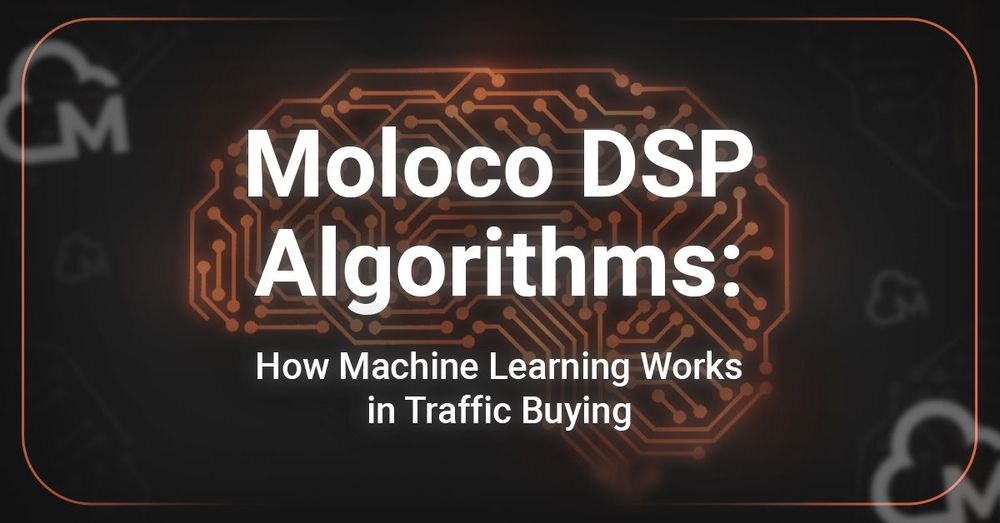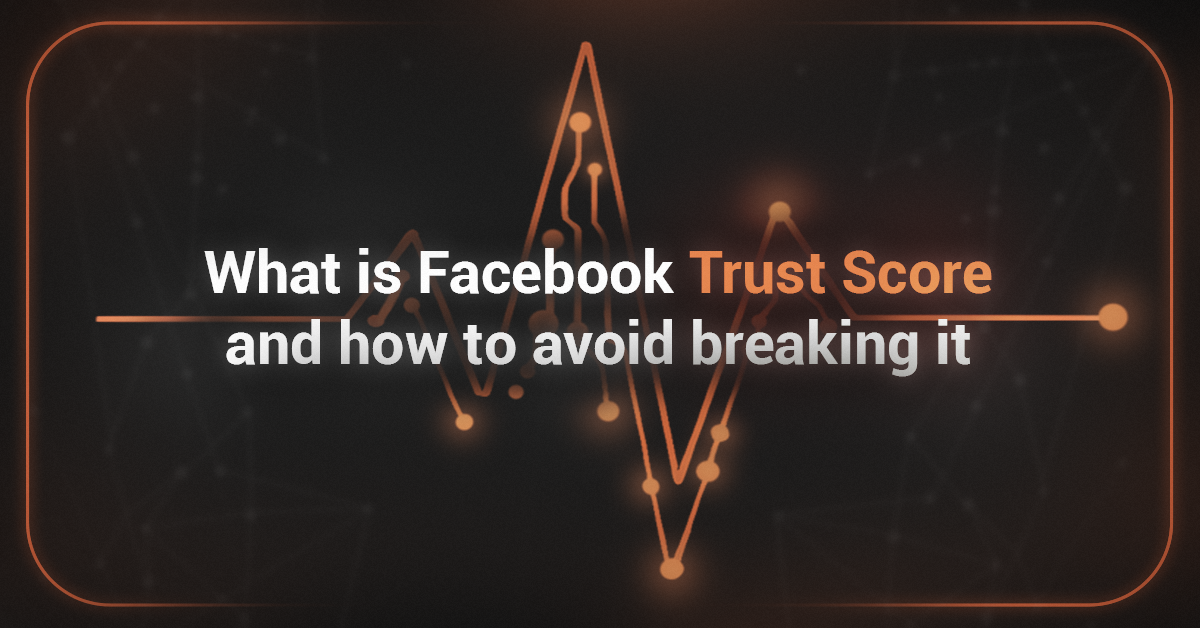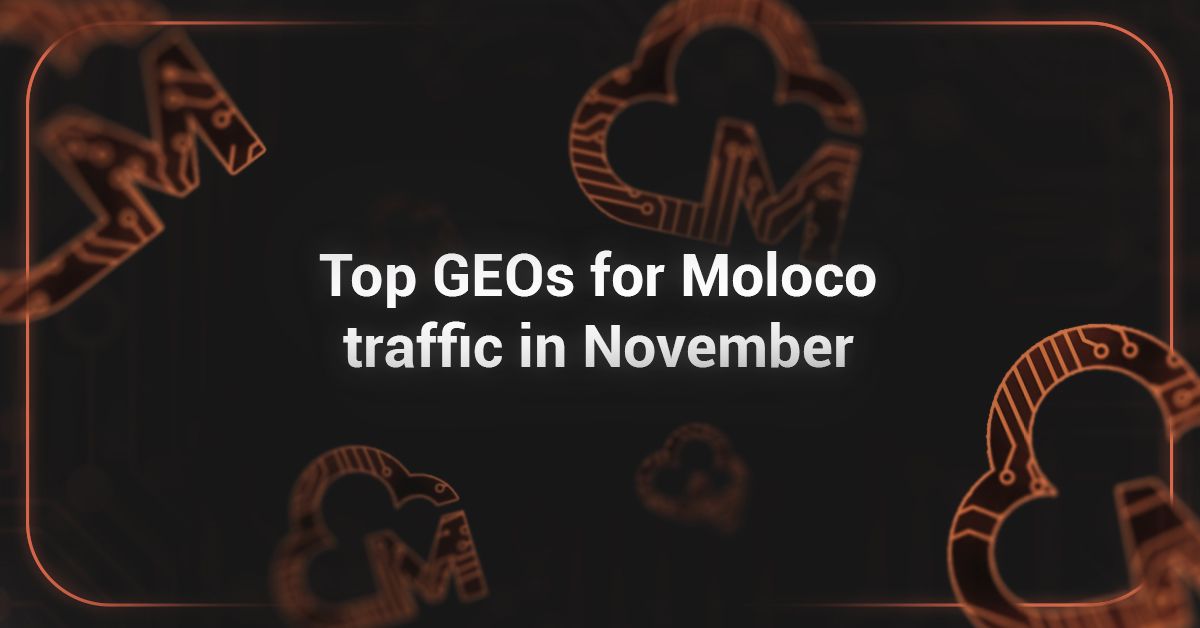
Algorithms have long been managing traffic buying, and in DSP platforms, they determine which impression to purchase and at what price.
At Moloco, the foundation is machine learning, which analyzes millions of signals and adjusts the buying process to meet campaign goals.
For media buyers, this means one thing: the better you understand how the model learns, the more efficiently you can use your budget.
Moloco DSP doesn’t just distribute bids — it makes predictions about which users are most likely to click, install the app, or generate revenue.
As a result, instead of manual “guesswork,” a buyer gets a system that automatically selects the audience and adjusts bidding in real time.
What Is Moloco DSP
Moloco DSP is a programmatic advertising platform for in-app and mobile traffic buying, fully powered by machine learning.
Unlike classic DSPs that rely on manual optimization, Moloco focuses on automation and predictive algorithms.
Key features:
- Performance-driven approach. The platform is designed for conversions, not impressions for reach.
- Transparent auction. Decisions are made in real time based on the probability of a target action.
- Flexible campaign goals. Moloco supports optimization for installs, ROAS, and in-app events.
However, you can’t fix the cost for a specific action (e.g., a deposit) — optimization is based only on available metrics. - Focus on mobile apps. Unlike general-purpose DSPs, Moloco specializes in app traffic, giving it a strong edge in this segment.
For media buyers, that means less manual optimization — the algorithm itself finds the right audience and adjusts bids automatically.
How Machine Learning Works in Moloco
At the core of Moloco DSP is machine learning that analyzes massive amounts of data to build predictive models.
The algorithms evaluate dozens of factors to decide whether it’s worth buying a specific impression.
The system processes:
- Conversion history. The more conversion data available, the more accurately the model can predict future results.
- User behavior. Clicks, engagement depth, retention, and payments are analyzed.
- Auction signals. Real-time traffic cost, competition for an ad slot, and win probability.
- Creative metrics. CTR and engagement levels influence how impressions are distributed.
How it works:
Moloco predicts the probability of a target action (e.g., an app install) for each impression.
Then, the algorithm multiplies that probability by the max bid and decides whether to participate in the auction.
For media buyers, campaign performance depends directly on the quality of data provided for model training.
The cleaner and more consistent the conversion flow, the faster the algorithm “ramps up” and starts producing results.
Moloco DSP Auction Logic
Traffic buying in Moloco DSP revolves around real-time bidding (RTB).
Here, machine learning plays the central role: the system predicts the value of each impression and decides whether to bid for it.
How the process works:
- Conversion prediction. The algorithm estimates the probability that a specific user will click, install, or generate revenue.
- Bid calculation. The probability is multiplied by the target KPI (e.g., CPI) to determine the monetary “value” of the impression.
- Auction participation. If the predicted value exceeds the minimum bid threshold, Moloco places a bid.
- Win or skip. If the auction is won, the impression is purchased; otherwise, the algorithm moves to the next user.
What makes Moloco unique:
the algorithm dynamically adjusts its bidding strategy in real time:
- Increases bids where conversion probability is higher;
- Saves budget on low-potential audiences;
- Reallocates spend between GEOs and segments based on current data.
For buyers, this means that the final traffic cost depends not only on market competition but also on how well the system has been trained on their data.
What Impacts Algorithm Efficiency
Moloco DSP algorithms depend on data quality and campaign setup.
Machine learning isn’t “magic” — it’s a tool that requires consistent, accurate signals for proper optimization.
Key factors:
- Data volume. The more conversions the algorithm receives, the faster it identifies the target audience.
- Data cleanliness. Duplicate conversions or poor attribution confuse the model and increase costs.
- KPI selection. You need to define a clear campaign goal — CPI, ROAS, or in-app event — which determines what the system will optimize for.
- Creatives. CTR directly affects learning speed: weak banners slow down delivery and increase costs.
- GEOs and segments. Different regions deliver different traffic volumes and quality, so the algorithm learns differently in each case.
Bottom line:
the effectiveness of Moloco’s algorithms directly depends on data quality and proper campaign setup.
The cleaner the conversions, the more relevant the creatives, and the clearer the KPI — the faster the system learns and optimizes for your goal.
How Media Buyers Can Use Moloco Algorithms Effectively
To get the most out of Moloco DSP algorithms, you need to “feed” the system with the right data and structure your testing strategy properly.
What works in practice:
- Adequate learning budget.
Launching campaigns with minimal spend doesn’t give the algorithm enough data to learn and make accurate predictions. - Avoid frequent changes.
Constant edits reset the learning process — let the model stabilize over several days. - Clear campaign structure.
The algorithm learns faster when each campaign is cleanly structured: one campaign → one GEO → several creatives.
Ultimately, the buyer gets a system that works for them:
the more accurate signals you send, the more precise the bidding — and the lower your cost per conversion.
Conclusion
Moloco DSP is built entirely on machine learning, which is its key differentiator from traditional DSPs.
The algorithms analyze data, predict impression value, and adjust bidding in real time.
For media buyers, that means less manual work and more focus on data and strategy. Use RentAcc accounts — launch Moloco and Facebook campaigns with loyal moderation and stable traffic.


